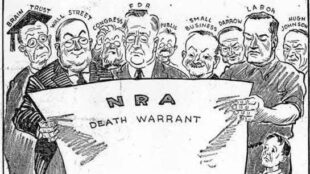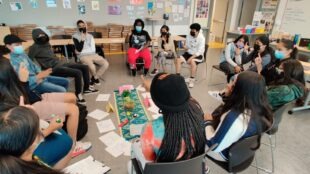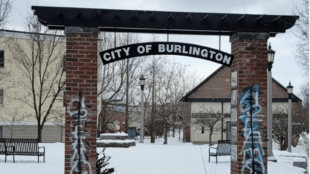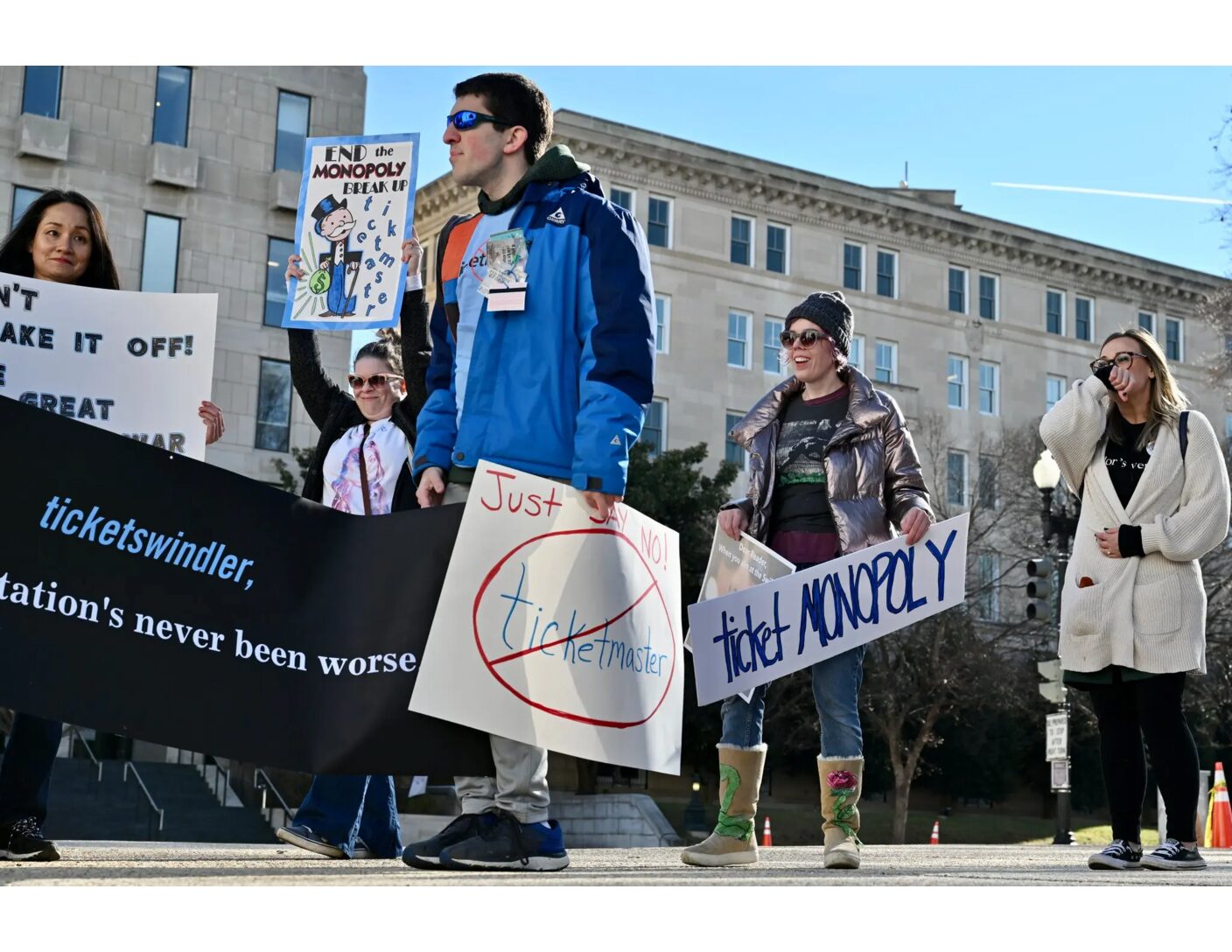Tort Creditors in Bankruptcy
(Source) On December 15th, 2023, a federal jury awarded $148 million in damages to two Georgia election workers, Ruby Freeman and Shaye Moss, in a defamation suit against former New York City mayor Rudy Giuliani, who had repeatedly accused the plaintiffs of manipulating ballots during the 2020 presidential election. Unfortunately for Freeman and Moss, they now find themselves in a position that has become all too familiar for many successful tort claimants: Just one day after a federal judge ordered him to begin paying the judgment, Giuliani filed for bankruptcy, signaling that the plaintiffs can ultimately expect to recover only a fraction of the total amount they are owed. If these facts sound familiar, it may be because they bear a striking resemblance to the ongoing bankruptcy of conspiracy theorist Alex Jones. In December 2022, Jones filed for bankruptcy after he was ordered to pay $1.5 billion in a defamation suit brought by the families of eight victims of the Sandy Hook Elementary School mass shooting. For nearly a decade, Jones had repeatedly asserted on his radio show the family members were secretly “crisis actors” involved in a government-orchestrated “false flag operation” to facilitate gun control legislation, causing the [read more]










